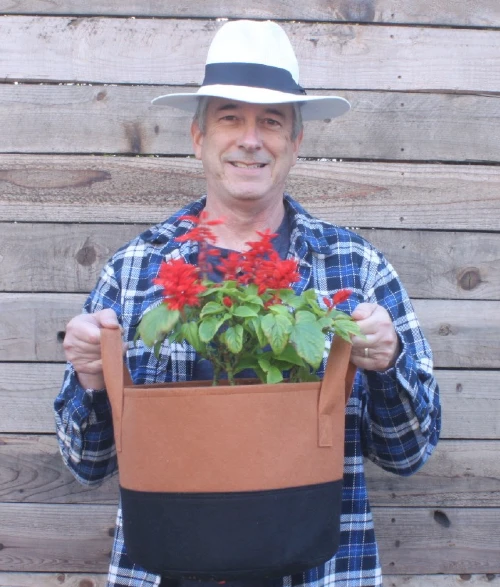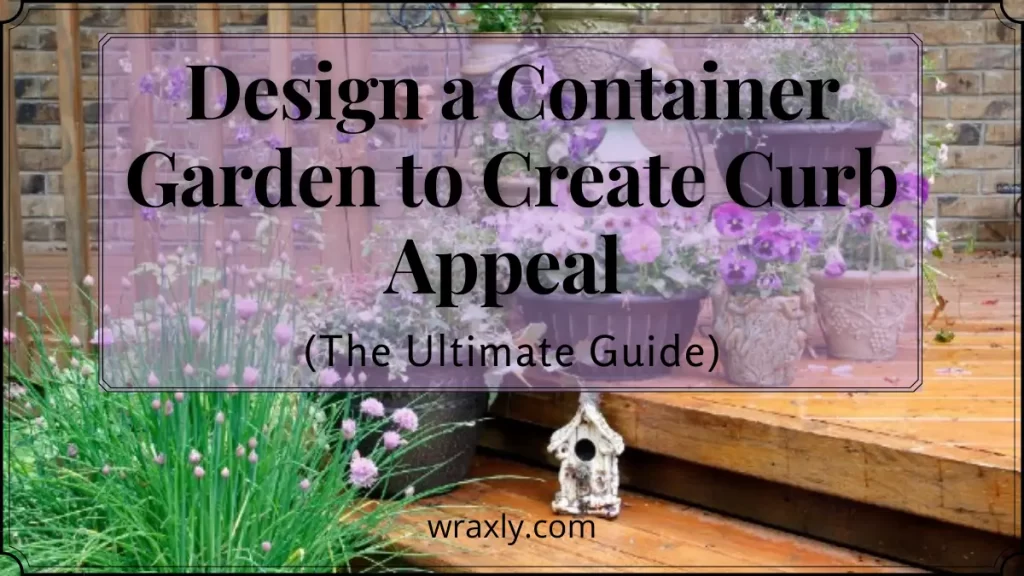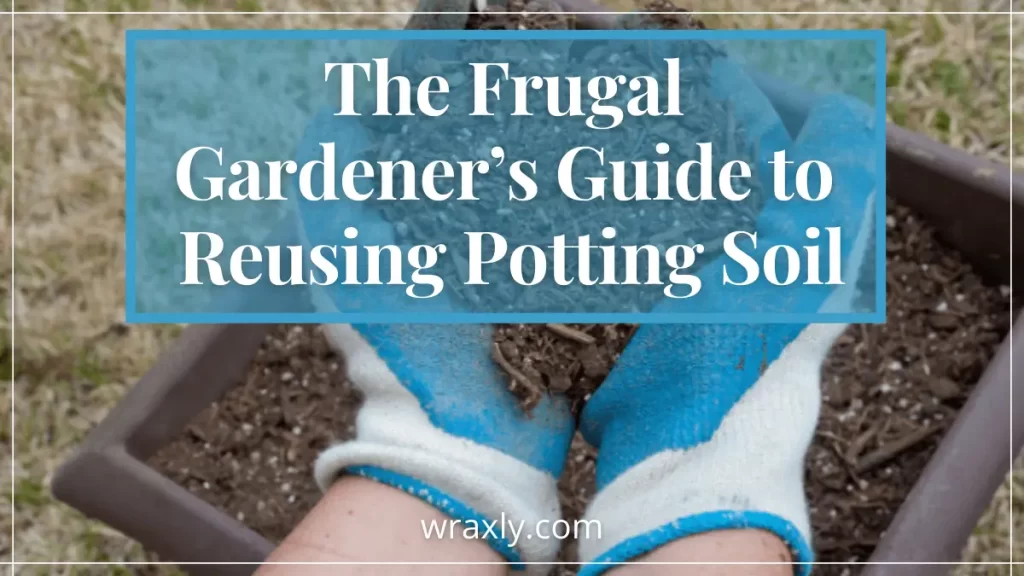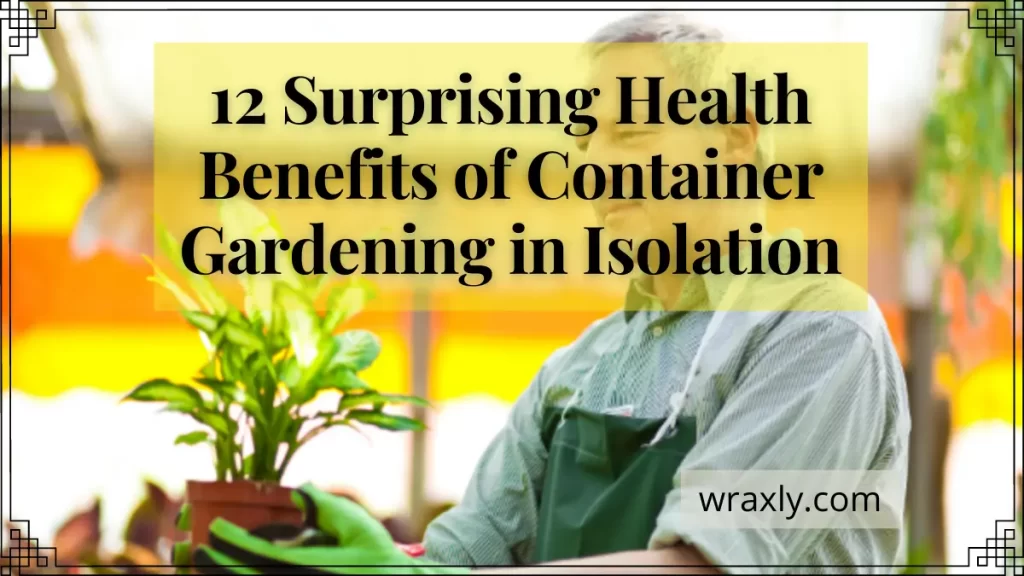Planning a long-awaited vacation is hard, but it gets harder when you have no way to take care of your plants while you are away. Your plants can die without receiving water for an extended period.
As a gardening lover, it is hard to see your beloved plants wither, so a quick and easy DIY idea is required.
A popular way to keep your plants hydrated is a wicking watering system. It works extraordinarily well to keep your plants hydrated for a long time. It is simple to make and set up and economically efficient.
Let’s find out how to make this plant-saving device at home.

What Is Wicking?
Wicking is the practice of watering plants by employing a water storage area or reservoir buried in the soil.
The idea emerged from the “capillary rise” in plants. The capacity of a liquid to flow through constricted areas without the aid of, or even in opposition to gravity, is known as “capillary rise.” So, it is technically a scientific term for wicking.
To give you an example, wicking works just like a tissue or a towel soaking up water. Pretty neat, right?
What Is the Science Behind Wicking Watering System?
The science behind the wicking watering system is simple. It is best understood as a “growing system with several layers.” These layers play essential roles in keeping the system active and your plants hydrated.
The first layer acts like an insulator and retains moisture, known as the mulch layer.
From the next layer, your plants take up nutrients and stored water. This layer is the soil layer which is the growing medium. However, the soil can become anaerobic and prevent organic nutrients from growing without an aeration layer in the middle.
The last layer is the reservoir, where the water gets stored for the wicking watering system to take up water and hydrate plants.
Water Wicking Systems from Amazon
| Image | Title | Prime | Buy |
|---|---|---|---|
 | Flantor Garden Irrigation System, 1/4" Tubing Watering Drip Kit Automatic Irrigation Equipment Set | PrimeEligible | Check Price on Amazon |
Top | Rain Bird SWDMSPKIT Drip Irrigation Spot Watering Manifold on a Spike Kit, Bubblers and Emitters | PrimeEligible | Check Price on Amazon |
 | Automatic Watering System with 30-Day Watering Cycle Timer | PrimeEligible | Check Price on Amazon |
 | Orbit 57946 B-hyve Smart 6-Zone Indoor/Outdoor Sprinkler Controller, Compatible with Alexa, 6 Station | PrimeEligible | Check Price on Amazon |
 | Raindrip R560DP Automatic Watering Kit for Container and Hanging Baskets, Water up to 20 plants with this kit , Black | PrimeEligible | Check Price on Amazon |
How to Make a Water Wick for Plants?
You can make your own water wick at home with the things lying around your house. You can also set it up just before going on vacation without any hassle.
DIY Wicking Watering System
DIY wicking water system works great for anyone who is into container gardening. It works for vertical gardens and even plants potted in fabric grow bags because overwatering won’t be a problem, and your fabric bags won’t get wet easily. So, let’s jump into the materials needed for the system!
Necessary Materials Needed for DIY Water Wick
- Cotton fabric strips, cotton shoelaces, twine, or fabric clothesline
- Large containers like jugs or buckets; you can also reuse a milk jug for this purpose
- Skewer
- Small nuts or bolts, rocks, or anything small and heavy to act as a weight
- Clean water
- Scissors
However, you can easily replace any of the materials for what is available to you.
Steps for DIY Water Wick
- If you use a milk jug, you must drill a hole on top of the cap. If you use a bucket, we suggest using one with a lid. It will allow you to take the strings out without letting any dirt fall into the water.
- The next step is to measure the string. Cut them according to your requirements. Make sure to take note of the number of plants and the distance of the wicking watering system from the plants.
- You can give your plants individual strings or tie different short string strands to the long one. In this way, your plants can get water from the same pathway.
- Tie the weight to the strings and dip it in water. The weight helps the string remain in the water at all times.
- Fill your container with water. You must ensure your plants get enough water to last for the time away. So, always measure or experiment beforehand.
Your system is ready, and now you have to start the process.
- Soak all the strings in the water until they are all saturated.
- Use the skewer to poke the string and then put them deep in the plant soil.
- Carefully take out the skewer and make sure the string is in the soil.
- Now watch as your plants remain watered and happy green.
(Note: Always experiment and research beforehand on the amount of water a particular plant needs. Based on it, put as many strings as you think it will need to get adequately watered.)
Benefits of Wicking Watering System?
Some preliminary studies suggest that using a wicking watering system reduces water usage by 80%. Just like this, there are many benefits of the watering system.
- You will notice lesser weeds and undesirable plants in the plant pot.
- Molds, fungal, or mildew attacks will reduce due to less humidity at the plant bottom.
- You will have few problems with pests as the dry soil above does not favor laying eggs.
Drawbacks of Wicking Watering System?
There are drawbacks to everything, including a wicking watering system, so you must be aware of these flaws and work toward fixing them or circumventing them.
- You may not be providing your plant with enough water. If your plant requires more water, you should research and add more wicks accordingly.
- Your plant may be getting too much water than required. If this happens, make sure to use not more than one wick.
- Some soils are too compact and heavy for the plant to get water from. Porous soil works excellent for wicking watering systems. You can easily make your soil more absorbent by adding perlite or vermiculite.
- You may need to correct how much water is needed. Always test beforehand and avoid any errors. It is better to get a larger container if you extend your vacation for a few more days.
For Further Reading
Conclusion
A wicking watering system works great if you are new to gardening, out on vacation, or want to garden in an apartment. It will keep your soil damp for a long time and your plants healthy.
Moreover, the best part is you can DIY the whole system at home. It will take a few minutes, but the results are worth the work.
Some people have permanent wicking watering systems because it helps their plants thrive. We suggest you consider doing the same.

Darrell has a passion for gardening that he inherited from his father. Go here to read more about the influence his father played in his love for gardening. If you want to send Darrell a quick message, then visit his contact page here.



![10 Common Container Garden Mistakes to Avoid [Beginner’s Guide]](https://wraxly.com/wp-content/uploads/2021/02/10-Common-Container-Garden-Mistakes-to-Avoid-Beginners-Guide-1200-1024x576.webp)